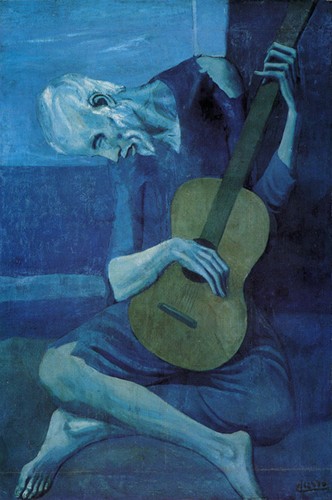The Good Doctor
Akahige (Red Beard)
On the surface, Kurosawa's Akahige is an unoriginal, even cliched tale - an ambitious young city doctor gets posted to a clinic for the poor where he slowly overcomes his initial rebellion and finds a vocation of sorts in caring for the wretched and the miserable for whom the clinic is the only source of hope. Yet bringing trite and simple stories magically, poetically alive is precisely what Kurosawa does best - and this movie is no exception.
One reason for the incredible power of the movie is the way the main plot becomes a setting for many smaller episodes - Kurosawa sketches, with haiku like precision, the stories of a number of patients, making them come vividly alive as characters. Every single one of these vignettes has the solemn beauty of a Kawabata novel - together they form a stunning testimony to the complexity of the human spirit, its capacity for suffering, its ultimate resilience. A beautiful young woman who is also a dangerous psychopath, a couple doomed to tragedy because their love for each other makes them too happy, the death of an old craftsman, a young mother with a history of horrors worthy of a greek tragedy behind her, a twelve year old girl who feels compelled to seek punishment because she cannot bring herself to trust strangers and a seven year old boy who steals food for his family, because his brothers (aged nine and ten) are still children: these are characters that is impossible to forget, and Kurosawa shows them to us in all their simplicity and naturalness, refusing to either judge or pity. There is no complex pyscho-babble here (see Hitchcock's Spellbound for instance), but Kurosawa's characters seem so psychologically accurate that it's hard not to relate to them
And of course, the plot is not the main reason to watch this movie (is it ever with Kurosawa?). What makes it really beautiful is the incredible vision that Kurosawa brings to every scene. There's the classic interplay of light and shadow for starters - the way Kurosawa uses the small, intimate spaces of dimly lit rooms to create images of intimacy, fear, frustration and loneliness (as with all of Kurosawa's best work - see the Seven Samurai for instance - every shot, every inch of film here could legitimately be framed as a photograph and considered art all by itself). But there's also the timidity, the way in which the characters turn away from each other, bow their heads - so that the very body language of the characters becomes a metaphor for the inability to meet life head-on, the need we all have to shy away from pain, from suffering, to hide ourselves in words, in subterfuges of language, because the naked world is too painful.
The brilliance of all of this is that Kurosawa manages to get you to share the experience the young protagonist of the story goes through - you see the suffering he sees (and Kurosawa is unflinching here - early on in the movie there is one scene where the camera watches an old man breathing his last, followed almost immediately by the struggles of a young girl lying naked on this primitive operating table (the movie is set in 19th century Japan) while two doctors hold her down physically so that the third can sew up a bloody gash in her side without letting her intestines fall out), you experience the same mixture of sorrow, awe and hope that he experiences. So that his ultimate conversion to the cause is not some stirring emotional upheaval, but the logical consequence of everything that has happened in the movie - you cannot imagine someone having seen what you have just seen not making the decision the young doctor does.
Adding to all this, of course, is Toshiro Mifune (who plays Red Beard, the hospital director). This is Mifune's last work with Kurosawa (and that itself is reason enough to watch the film - how can you not see the finale to so incredible a collaboration) and he brings to it his trademark gruffness, his quintessential intensity, his dominating screen presence. The truth is that by this point Mifune doesn't even really need to act - just the sight of him on stage is enough to leave you awestruck: the set of those shoulders, the burning eyes, the voice of a mountain lion. It's this mix of gentleness and breathtaking power that makes Mifune so perfect for the role - he seems eternal, inexhaustible, a fount of strength mixed with kindness. Plus, of course, there's his ability to be disarmingly human at times (see for instance, his obvious embarassment in the last scenes - I can't think of a better portrait of gruff emotion).
Akahige is spotty in parts - there's this scene where Mifune fist fights a bunch of brothel guards which is more than a little over the top (though it's wonderful to watch because it's Mifune - it's like being transported back to Yojimbo again) and while the side characters are exquisitely done, the main characters seem a little too stereotyped. Also, some of the scenes seem a little derivative (there's a scene where this trembling young woman tells her story to the doctor, which simply reeks of Rashomon) as though Kurosawa were quoting himself. On the whole, though, Akahige is a beautiful movie, a genuine Kurosawa classic, and well worth watching.


0 Comments:
Post a Comment
<< Home